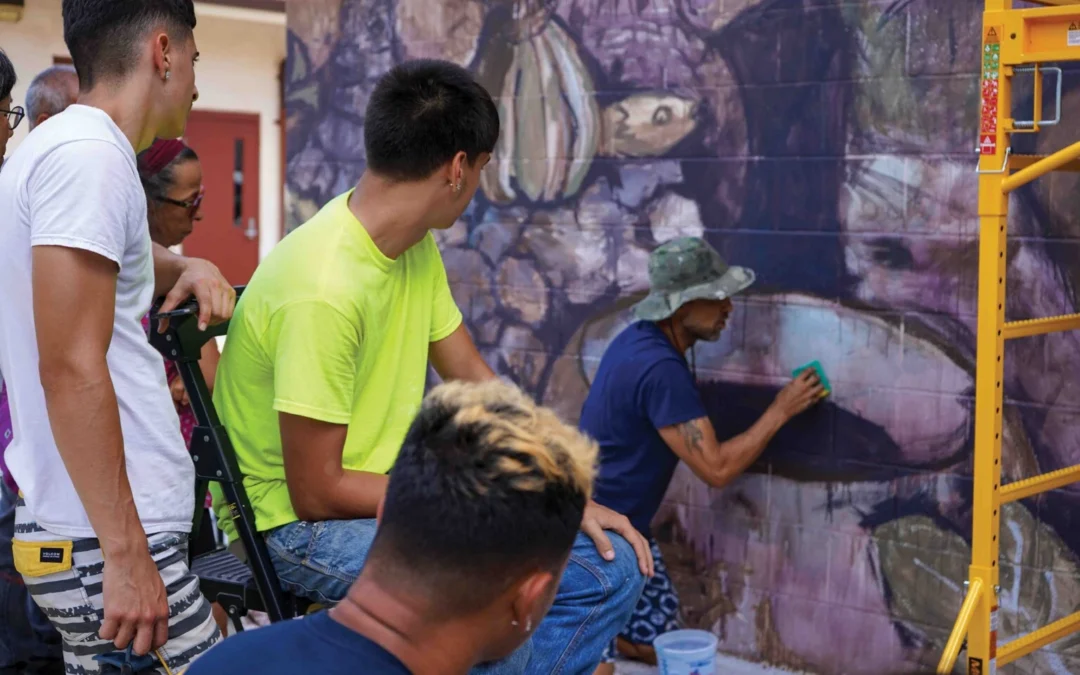Originally shared on Hawaii Business Magazine by Noelle Fujii-Oride, click here to read.
Opportunity Youth Action Hawaiʻi received a $20 million award in the fall from the Kellogg Foundation to advance its goal of replacing youth incarceration with a restorative system grounded in Native Hawaiian values and practices.
OYAH is a hui of state agencies and nonprofits at the Kawailoa Youth and Family Wellness Center, which includes the Hawaii Youth Correctional Facility, a farm, Olomana School and more. I spoke with Shawn Kanaʻiaupuni, president and CEO of the Partners in Development Foundation, the lead fiscal agency of OYAH.
How will the $20 million be used?
It will allow us to create innovative, culturally relevant programs plus train staff. It will also support existing programs, like our canoe restoration project and ‘āina-based education.
At Kupa ‘Aina Farm, youth from the prison, homeless shelter and workforce development program on campus grow food using Native Hawaiian methods. Understanding that process of growing food, they see that metaphor for growing their lives and how important it is to be resilient, to heal, to be productive.
In 2022, youth worked with artists to paint a mural on the correctional facility campus (shown in photo). It encouraged them to connect with their Hawaiian ancestry and pave the way for their future.
Why use a trauma-informed approach?
The youth we serve – whether homeless, sex trafficked or incarcerated – are often there because of past trauma. And, because a large share of Hawai‘i’s justice-involved youth are Native Hawaiian and Pacific Islander, we have to take into account the effects of historical trauma and generational poverty.
In Native Hawaiian culture, you didn’t have homeless people or abandoned children, so how do we restore practices of caretaking and even the resurgence of our ocean navigation, language, culture-based education and traditional healing practices? These are things our Native Hawaiian community did to build strong community. When our youth learn about that ancestral brilliance, sometimes it creates deep aha! moments about who they are and the potential value they have in the world.
What’s next when it comes to transforming Hawai‘i’s youth incarceration system?
Hawai‘i as a state is on the cutting edge of being able to do away with juvenile incarceration, hopefully forever. The trick is to keep it as a forever state. To do that, you need to have a strong safety net that empowers community organizations to do their best work.
When youth are diverted from the justice system, their siblings and families are positively impacted. We can break generational patterns, especially to Native Hawaiians who have been overly incarcerated since annexation. And the entire community benefits because we’re building safer, more caring communities in that process and allowing people to be part of the solution.
What should people know about incarcerated youth?
Although they have committed crimes, the youth we serve are still children with brains that are not fully developed and stuck in trauma and lack positive support systems. Some are coming from horrible environments and yet we expect them to behave with little to no training or no role modeling.

